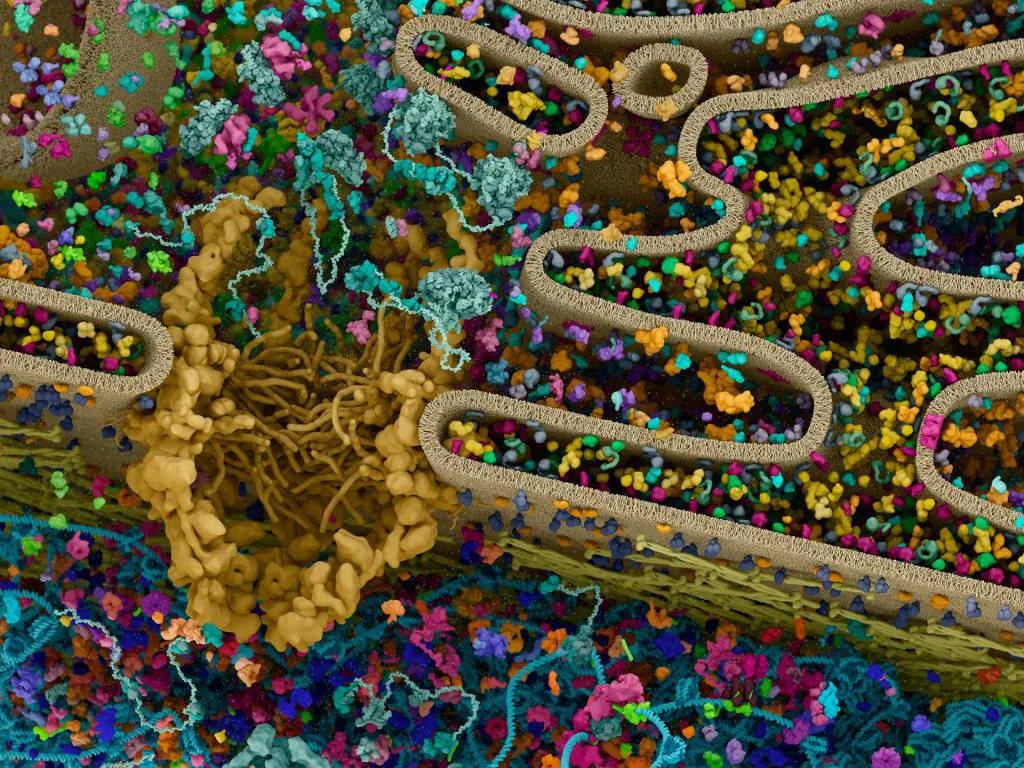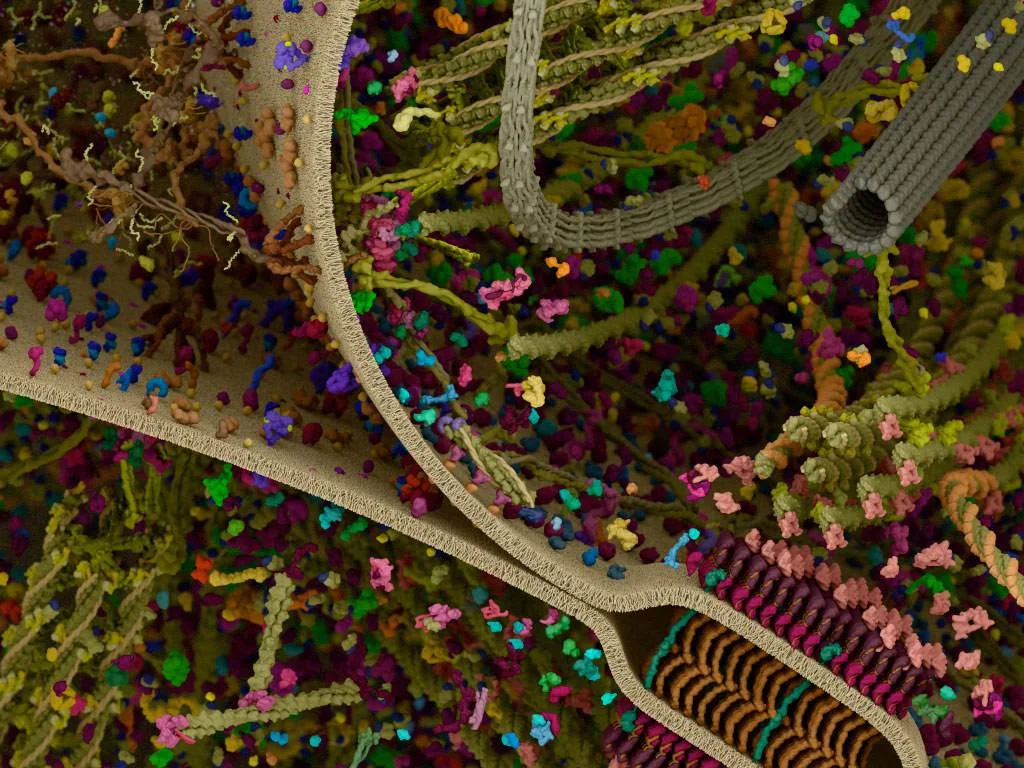Observing the intricate world within our cells has long been a goal for researchers and scientists. With the advent of advanced imaging techniques and visualization tools, we are now able to peek into the inner universe of the human cell.

Table of Contents
Among the pioneers in this field is Dr. Gael McGill, who has created the most detailed image of a human cell to date. This article will discuss Gael McGill’s groundbreaking work, the significance of these detailed images, and the potential implications and applications of this research in the realm of biology and medicine.
Gael McGill’s Pioneering Work

Dr. Gael McGill, a molecular biologist and digital visualization expert, has devoted his career to the exploration of the minuscule world inside our cells. Using state-of-the-art technology, McGill has generated an unprecedentedly detailed image of a human cell, effectively mapping the complex and intricate cellular landscape. His work combines data from various sources, such as electron microscopy and X-ray crystallography, to create an accurate and comprehensive three-dimensional model of the cell.
The resulting image, which has been dubbed the “Inner Universe,” is a visual masterpiece that showcases the beauty and complexity of cellular structures. This level of detail allows researchers to better understand the various components of the cell and their interactions, providing valuable insights into cellular processes and mechanisms.

Significance of the Detailed Cell Image
The “Inner Universe” is more than just a stunning visual representation of a human cell; it holds immense scientific value. This detailed image offers a deeper understanding of the cell’s inner workings, such as its numerous organelles and their functions. By providing a clear and accurate map of the cellular landscape, researchers can now delve into the mechanisms that govern cellular processes, such as gene expression, protein synthesis, and signal transduction.

Furthermore, this detailed image can significantly enhance our knowledge of cellular processes in both healthy and diseased states. Understanding the differences between normal and abnormal cellular function is crucial for developing targeted therapeutic strategies and treatments for various diseases, including cancer, neurodegenerative disorders, and autoimmune diseases.
Potential Applications and Implications
Gael McGill’s work in creating the most detailed image of a human cell has numerous potential applications in fields such as drug discovery, medical diagnostics, and personalized medicine. For example, the detailed visualization of cellular structures and processes can aid in the identification of potential drug targets, as well as the development of new therapeutic strategies.

In medical diagnostics, the ability to visualize cellular structures and functions at such a high resolution could potentially lead to the identification of novel biomarkers for various diseases. This, in turn, could enable more accurate and earlier diagnosis, improving patient outcomes.
Moreover, the detailed understanding of cellular processes provided by the “Inner Universe” could pave the way for personalized medicine, as individual variations in cellular function can be taken into account when developing treatment plans. This approach would allow for more targeted interventions, ultimately improving patient outcomes and reducing the burden on healthcare systems.
Conclusion
Dr. Gael McGill’s groundbreaking work in creating the most detailed image of a human cell to date has opened new possibilities for understanding the complex and intricate world of cellular processes.
The “Inner Universe” not only offers a stunning visual representation of the human cell but also holds significant scientific value, with potential applications in drug discovery, medical diagnostics, and personalized medicine.
As we continue to explore the depths of our inner universe, we can expect a wealth of new discoveries and advancements that will undoubtedly impact our understanding of biology and medicine for generations to come.

